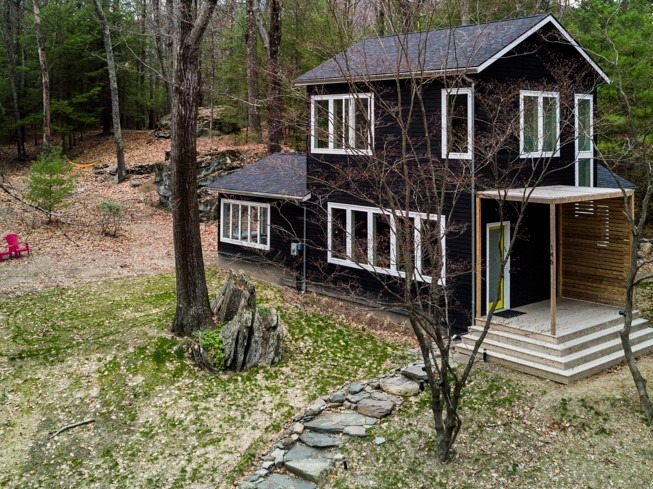Unlike its late 19th– and early 20th-century counterpart, McKim Mead and White, the architecture firm of Carrere and Hastings is hardly a well-known name.
But just mention the firm’s projects, and you’ll see eyes light up.
In New York they designed the New York Public Library. In St. Augustine, there’s the Ponce de Leon Hotel that pioneered Florida’s Spanish Revival style (with Bernard Maybeck). And in Richmond, there’s the Jefferson Hotel and the Commonwealth Club, two iconic institutions that have come to define the elegance inherent in that aloof and well-mannered city.
“They were crucially important architects who defined the iconography of America in a way that remains legible today,” says Laurie Ossman, director of Woodlawn and Frank Lloyd Wright’s Alexandria, Va. Pope-Leighey House for the National Trust for Historic Preservation, and also co-author of a new book on Carrere and Hastings.
“Carrere and Hastings: the Masterworks,” is due out tomorrow from Rizzoli. Co-author Heather Ewing is an architectural historian of the Smithsonian Institution. Photography is by Stephen Brooke, a fellow at both the American Academy in Rome and the Albright Academy, Jerusalem.
The firm was responsible for more than 600 monumental buildings from 1885 to 1929, with a client list reads like a Who’s Who of prominent American names from the Gilded Age. Among them: Carnegie, duPont, Rockefeller, Harriman, Morgan, Gould, Astor, Payne, Whitney, and Vanderbilt.
Alas, the firm just didn’t share Stanford White’s mojo. “If Carrere had been shot and killed by a jealous husband like Stanford White, instead of being run over by a cab, people might be more familiar with the firm,” Ossman quips.
Still, he left behind quite the body of work – as her new book successfully proves.
For more on the book, go to http://www.rizzoliusa.com/book.php?isbn=9780847835645
[slideshow id=491]

